Despite their iconic status, some famous paintings may not live up to the hype when seen in person. From subtle details lost in reproduction to unexpected flaws revealed under scrutiny, the reality of viewing these renowned artworks can sometimes differ from our expectations.
The Mona Lisa by Leonardo da Vinci
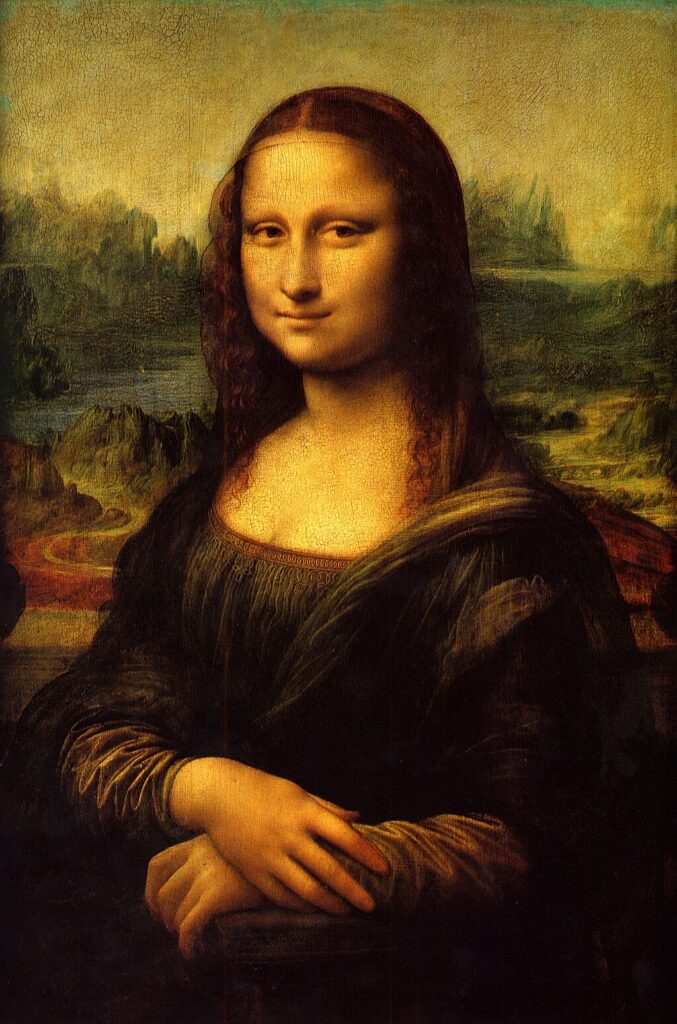
The Mona Lisa is often hailed as one of the most iconic and enigmatic paintings in history. However, its small size (30 x 21 inches) and the protective glass barrier that separates viewers from the painting in the Louvre can diminish the impact of its details. When viewed up close, the brushstrokes can appear less refined than expected, and the famed enigmatic smile might not have the same mesmerizing effect as it does in reproductions.
The Starry Night by Vincent van Gogh

Van Gogh’s Starry Night is renowned for its swirling, dynamic sky and vivid colors. However, seeing it in person may reveal that the actual painting is smaller (29 x 36 inches) than anticipated. Additionally, the texture of the thick paint strokes, while impressive from a distance, can appear less defined upon close inspection, impacting the overall visual experience.
The Persistence of Memory by Salvador Dalí

Dalí’s surreal masterpiece features melting clocks against a dreamlike backdrop. Yet, when viewed in person, the intricacies of the melting forms and the surreal landscapes can sometimes be less pronounced than in high-resolution reproductions. The scale of the painting (9.5 x 13 inches) may also surprise viewers, as its impact relies heavily on its detailed elements.
American Gothic by Grant Wood
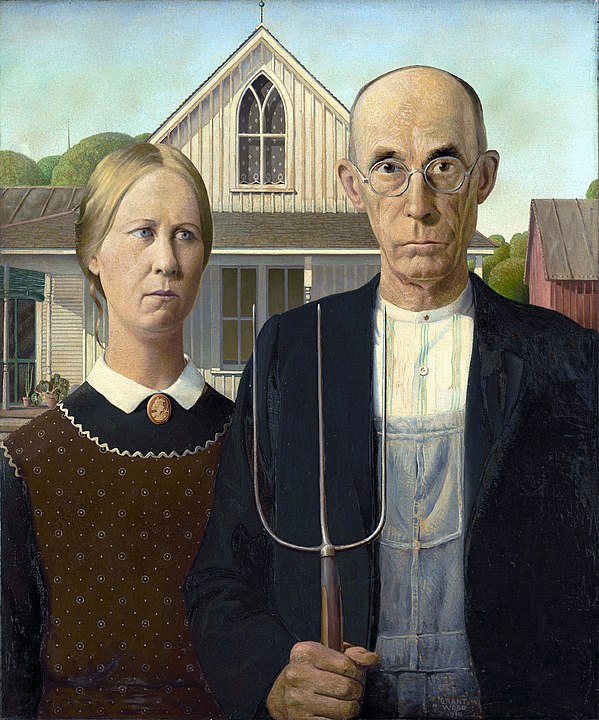
Grant Wood’s iconic portrayal of a stern-faced farmer and his daughter against a rural backdrop is instantly recognizable. However, the small size of the painting (30 x 25 inches) and the somber, static expressions of the figures can feel less engaging in person. The simplicity of the composition, while powerful in its symbolism, may not always translate as dramatically when viewed firsthand.
The Last Supper by Leonardo da Vinci
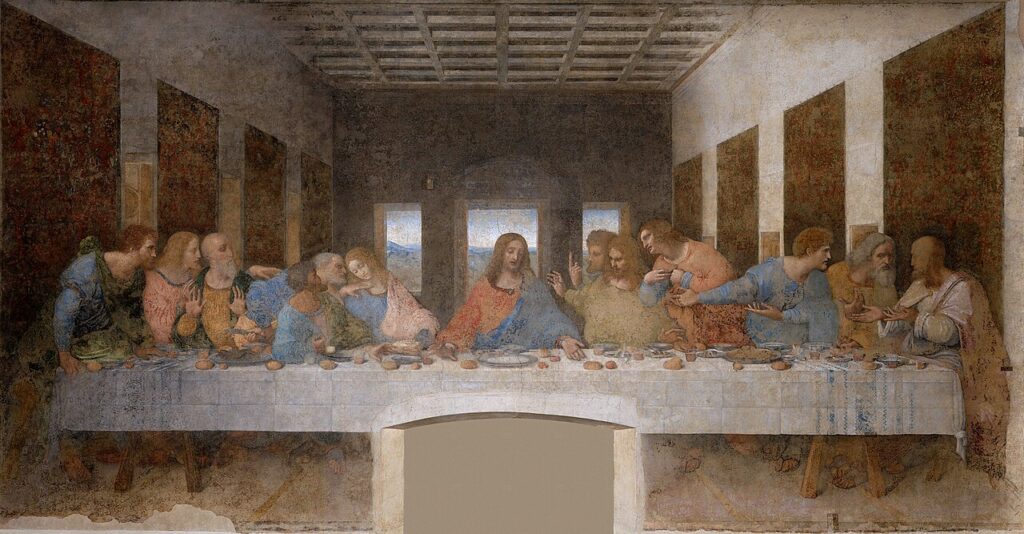
Leonardo’s depiction of the iconic biblical scene is renowned for its intricate details and composition. However, due to the painting’s age and the effects of restoration attempts over the years, some details may appear faded or obscured. Additionally, the large scale (180 x 350 inches) of the fresco can make it challenging to appreciate finer nuances without a guided viewing experience.
Whistler’s Mother by James McNeill Whistler
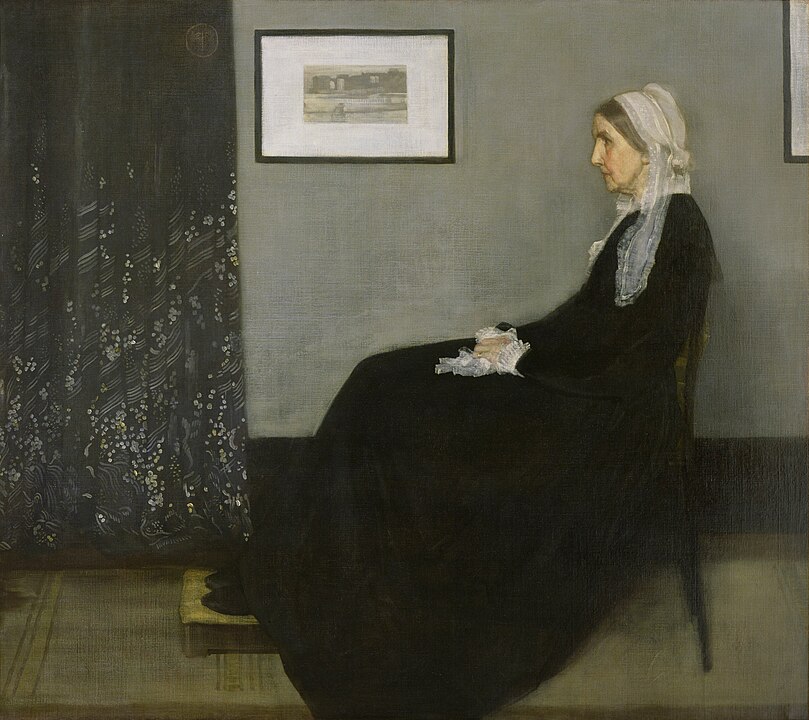
This portrait of Whistler’s mother is celebrated for its simplicity and the subject’s dignified pose. However, its subdued color palette and minimalist composition may not have the same impact in person, especially when viewed alongside more vibrant and dynamic artworks. The painting’s size (56 x 64 inches) can also contribute to a less imposing presence than expected.
The Birth of Venus by Sandro Botticelli
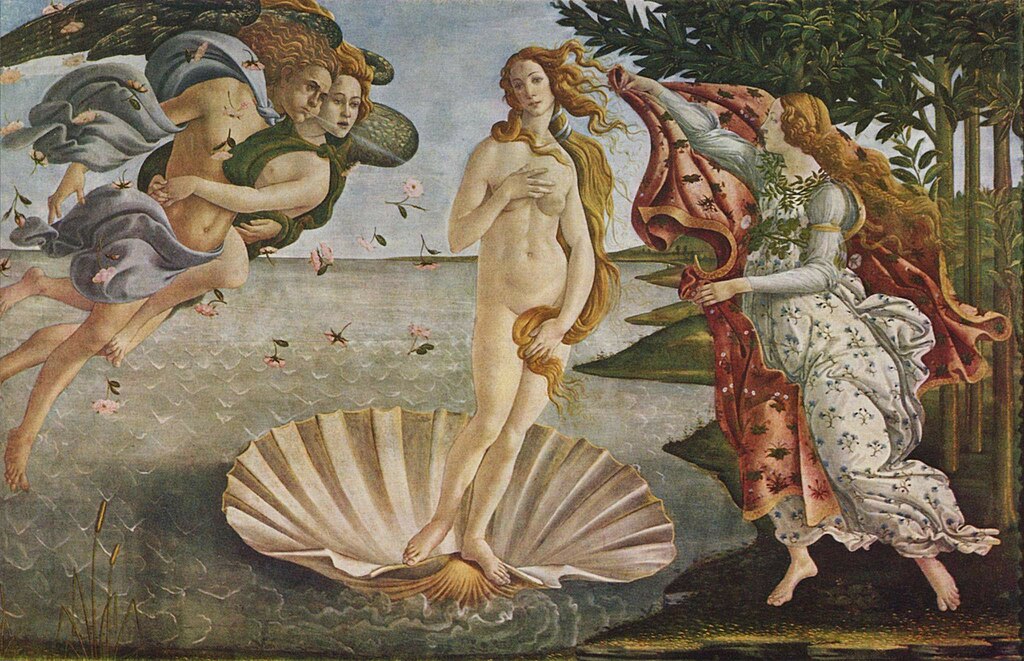
Botticelli’s depiction of the goddess Venus emerging from the sea is a Renaissance masterpiece. Yet, when viewed in person, the painting’s delicate colors and intricate details may appear more muted than in reproductions. The size of the painting (68 x 109 inches) can also make it challenging to fully appreciate the subtleties of Botticelli’s brushwork without close examination.
The Scream by Edvard Munch
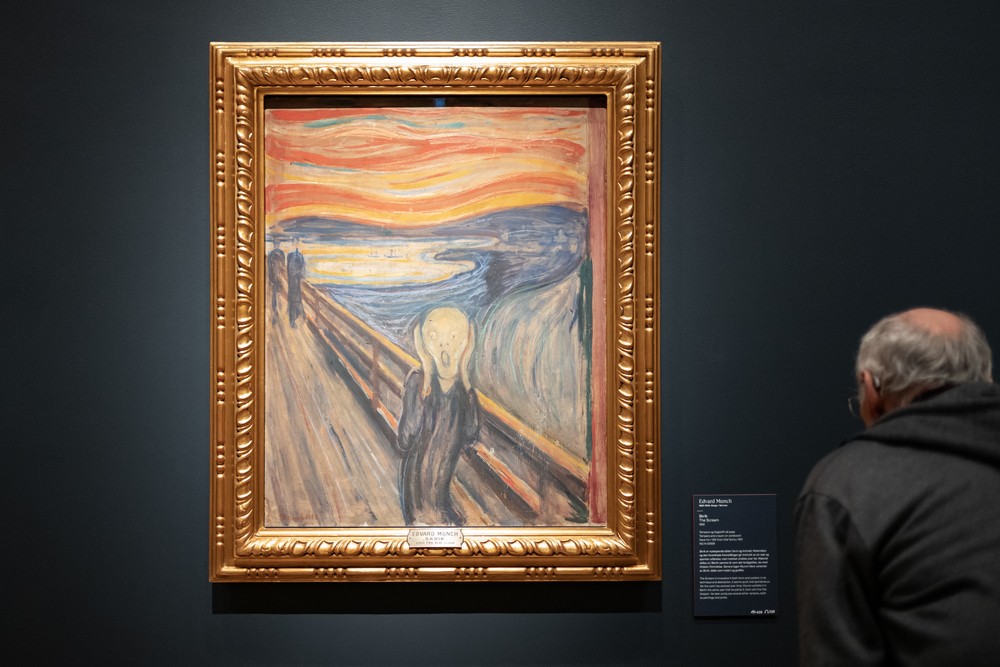
Edvard Munch’s iconic depiction of existential anguish is instantly recognizable. However, the actual painting (36 x 28 inches) may not convey the same visceral emotion when seen in person. The colors, while vibrant, can appear less intense, and the figures’ expressions may seem less haunting without the context provided by reproductions in various media.
Guernica by Pablo Picasso

Picasso’s powerful anti-war statement captures the horrors of the Spanish Civil War in a monumental canvas (137 x 308 inches). However, the sheer size of the painting can be overwhelming in person, making it challenging to take in all the details cohesively. Additionally, the monochromatic color scheme and fragmented composition may not have the same impact as they do in reproductions that can be studied more closely.
The Creation of Adam by Michelangelo
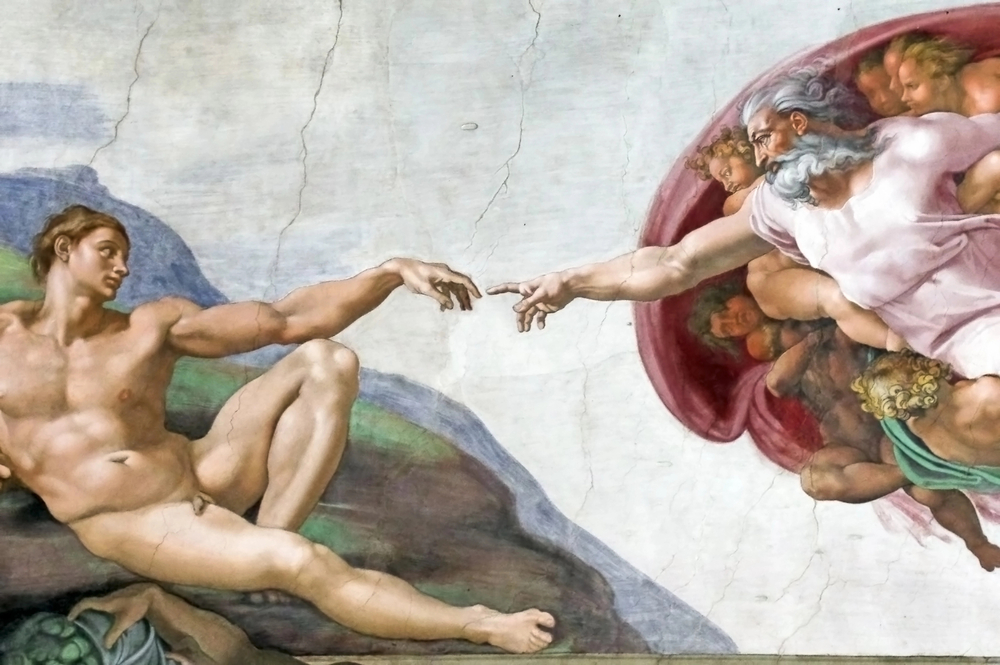
Michelangelo’s iconic fresco from the Sistine Chapel ceiling is a masterpiece of Renaissance art. However, viewing it in person can be challenging due to the ceiling’s height (44 feet) and the need to crane one’s neck to see the details clearly. The fresco’s age and the effects of restoration efforts can also affect the clarity of the figures and the vibrant colors depicted.
Nighthawks by Edward Hopper
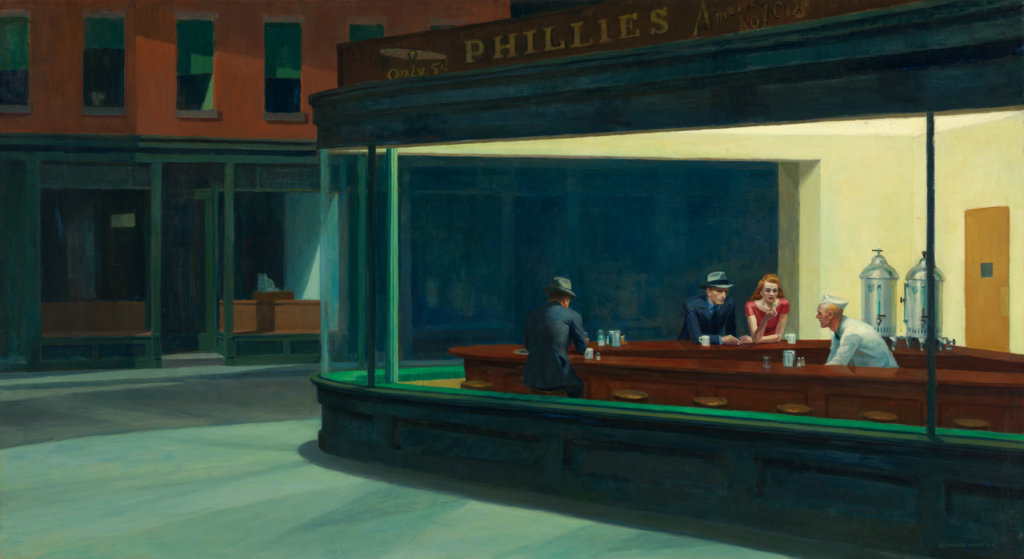
Hopper’s portrayal of a late-night diner scene is renowned for its atmospheric lighting and sense of isolation. However, the actual painting (33 x 60 inches) may not evoke the same mood when viewed in person, as the subtle nuances of light and shadow can be less pronounced. The painting’s popularity and frequent reproduction in various media can also diminish its impact when seen firsthand.
The Girl with a Pearl Earring by Johannes Vermeer

Vermeer’s masterpiece is celebrated for its luminous depiction of the titular pearl earring and the enigmatic expression of the young girl. However, when seen in person, the painting’s small size (17.5 x 15.4 inches) and the subdued lighting in its display may detract from the brilliance of the pearl and the girl’s gaze, which are often highlighted in reproductions.
The Great Wave off Kanagawa by Katsushika Hokusai
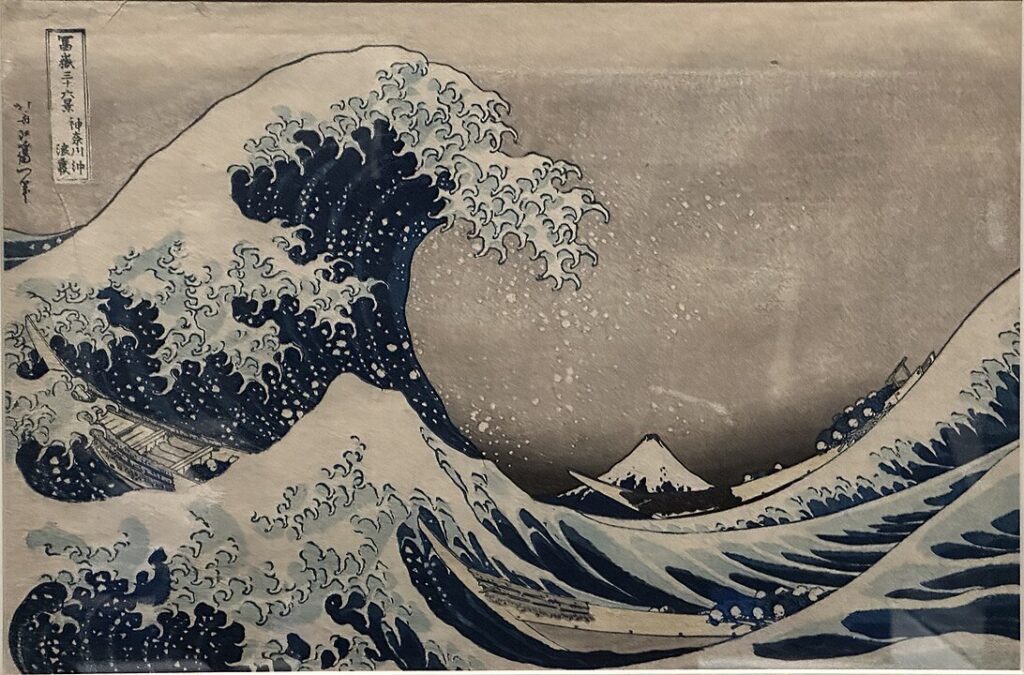
Hokusai’s iconic woodblock print captures the power and beauty of a massive wave towering over boats. However, when viewed in person, the print’s small size (10 x 15 inches) and the limitations of woodblock printing can make the details appear less intricate than expected. The print’s popularity and widespread reproduction can also diminish its impact as a singular artwork.
The Thinker by Auguste Rodin

Rodin’s sculpture of a contemplative figure is a symbol of intellectualism and introspection. However, when seen in person, the scale of the sculpture (28 x 23 x 34 inches) may not convey the same sense of monumental presence as expected. The intricate details of the figure’s musculature and pose can also be challenging to appreciate without a close-up view.
Water Lilies by Claude Monet
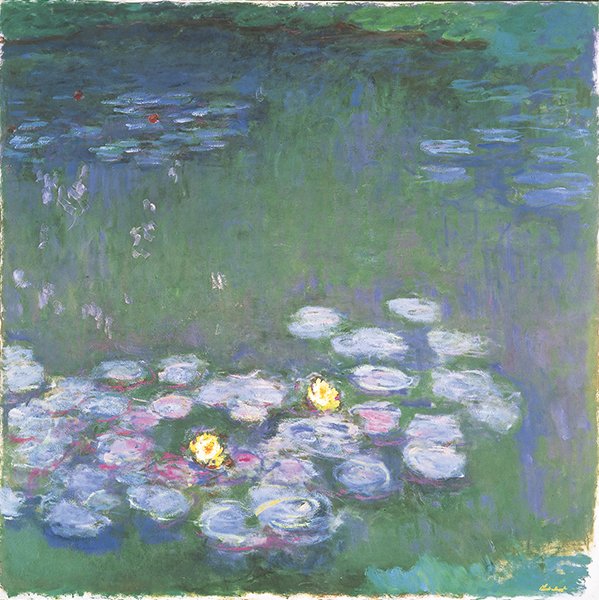
Monet’s series of water lily paintings are renowned for their impressionistic depiction of light and color. However, when seen in person, the paintings’ large size (varies) and the sheer number of brushstrokes can make it difficult to focus on specific details. The overall effect of the series may also vary depending on the lighting conditions in which they are displayed.
The Night Watch by Rembrandt
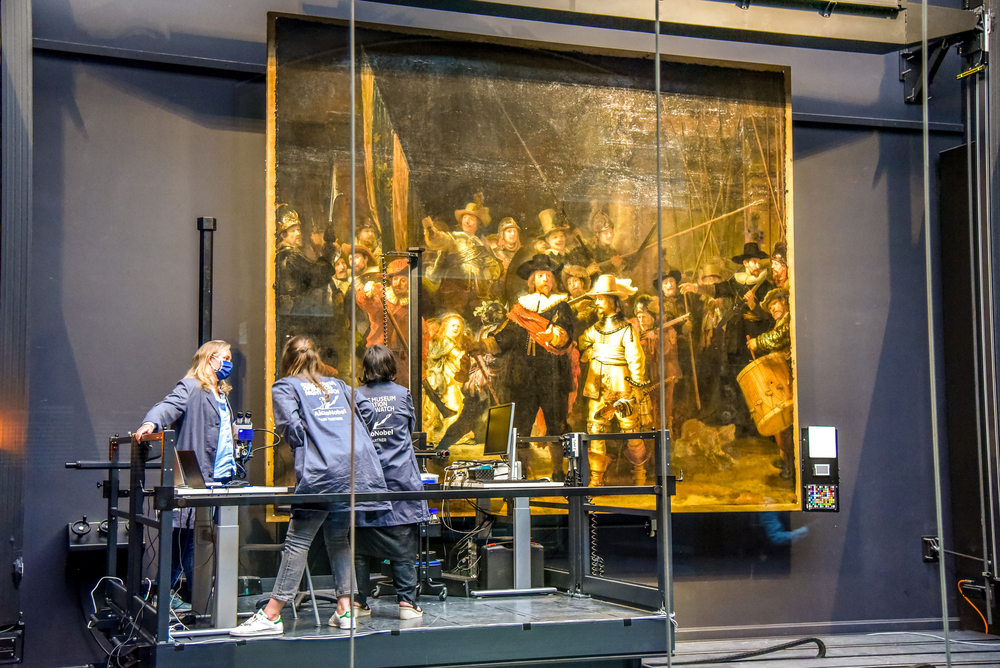
Rembrandt’s monumental group portrait is celebrated for its dynamic composition and masterful use of light and shadow. However, when viewed in person, the painting’s size (142 x 172 inches) and the intricacies of its figures can be challenging to fully appreciate without a guided viewing or close examination. The painting’s restoration history may also impact its overall appearance.
The Kiss by Gustav Klimt
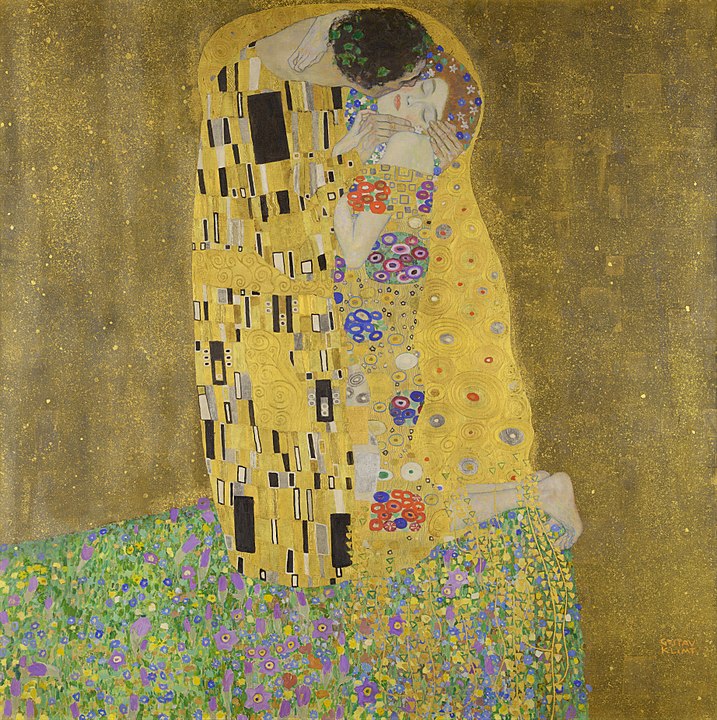
Klimt’s sensual depiction of a couple locked in an embrace is characterized by ornate patterns and rich colors. However, when seen in person, the painting’s small size (70 x 70 inches) and the intricacies of its gold leaf detailing may not have the same visual impact as expected. The painting’s popularity and frequent reproduction can also diminish its uniqueness when viewed firsthand.
Les Demoiselles d’Avignon by Pablo Picasso

Picasso’s groundbreaking cubist painting depicts a group of women in a brothel setting with distorted forms and sharp angles. However, when viewed in person, the painting’s fragmented composition and intense colors can be overwhelming, making it challenging to discern individual figures without prior knowledge of the artwork’s context and significance.
The Birth of Venus by Alexandre Cabanel
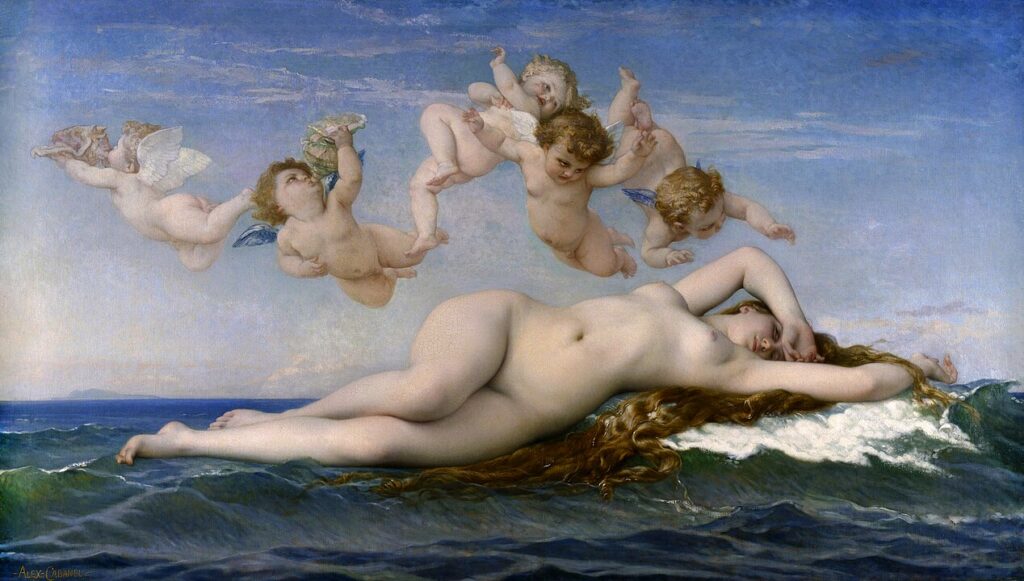
Cabanel’s academic depiction of Venus emerging from the sea is a classic example of 19th-century neoclassical painting. However, when seen in person, the painting’s idealized figures and polished surfaces may appear overly stylized and lacking in emotional depth. The painting’s adherence to academic conventions of beauty and form can also feel dated to modern viewers.
The Garden of Earthly Delights by Hieronymus Bosch
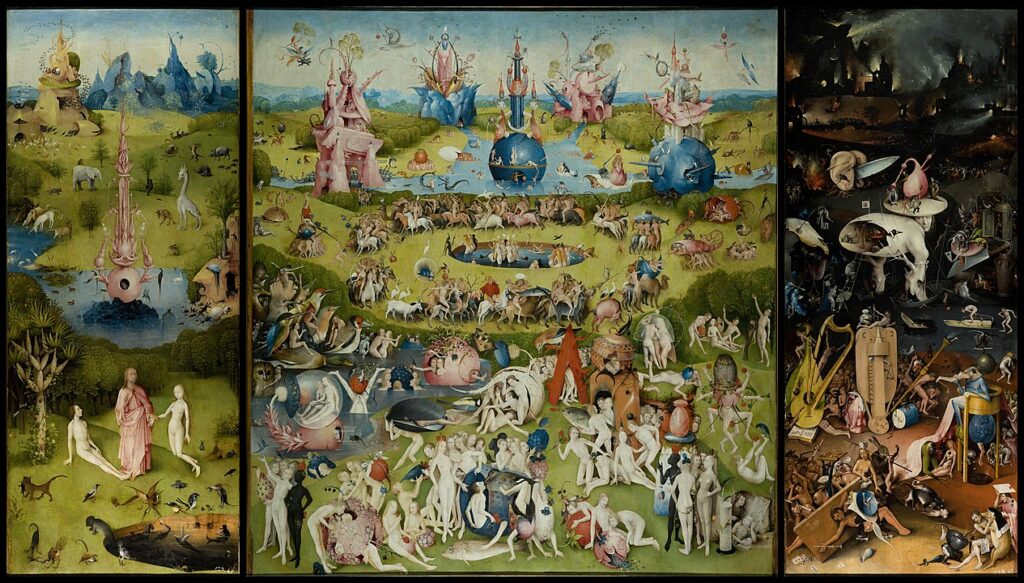
Bosch’s triptych masterpiece is a surreal journey through heaven, earth, and hell, filled with fantastical creatures and allegorical scenes. However, when viewed in person, the painting’s intricate details and narrative complexity can be overwhelming, requiring multiple viewings to fully appreciate. The triptych’s large size (86 x 78 inches) and the subtleties of Bosch’s symbolism may also be challenging to grasp without a guided interpretation.
This article originally appeared on UnifyCosmos.
More from UnifyCosmos
23 Crucial Relationship Red Flags to Recognize

This article serves as a valuable guide to help individuals identify and address these red flags, empowering them to cultivate healthier and more fulfilling partnerships. Read more!
15 Affordable Skincare Gadgets Recommended by Experts

This selection of 15 tools combines efficiency with affordability, covering everything from deep cleansing to targeted treatment, ensuring you can maintain optimal skin health without a hefty price tag. Read more!
23 Surefire Signs You’ve Met Your Soulmate

This article delves into 23 key indicators, such as effortless communication, shared values, and an intangible sense of belonging. Read more!
Leave a Reply